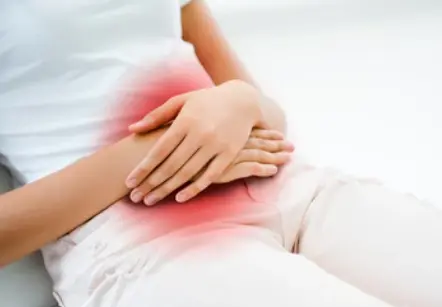 Welcome
Welcome
“May all be happy, may all be healed, may all be at peace and may no one ever suffer."
Loading...
Reduce the risk of getting HIV-1 infection Generics
Reduce the risk of getting HIV-1 infection - Generics
HIV-1 is a virus that attacks the immune system and can lead to acquired immunodeficiency syndrome (AIDS). It is transmitted through blood, semen, vaginal fluids, and breast milk. While there is currently no cure for HIV-1, there are ways to reduce the risk of infection. Here are some ways to reduce the risk of getting HIV-1 infection:
- Practice safe sex: Using condoms during sex can significantly reduce the risk of HIV-1 transmission. It is also important to limit the number of sexual partners and to get tested regularly for HIV and other sexually transmitted infections (STIs).
- Avoid sharing needles: Injecting drugs with shared needles or other equipment can increase the risk of HIV-1 transmission. It is important to use clean needles and to avoid sharing needles or other drug equipment with others.
- Take pre-exposure prophylaxis (PrEP): PrEP is a medication that can be taken daily to help prevent HIV-1 infection in people who are at high risk of contracting the virus. It is important to speak to a healthcare provider to determine if PrEP is right for you.
- Get tested and treated for other STIs: Having another STI can increase the risk of HIV-1 transmission. It is important to get tested and treated for any other STIs.
- Consider post-exposure prophylaxis (PEP): PEP is a medication that can be taken after potential exposure to HIV-1 to help prevent infection. It is important to seek medical attention as soon as possible after potential exposure to determine if PEP is appropriate.
It is important to speak to a healthcare provider about your individual risk factors for HIV-1 and to discuss appropriate prevention methods.

Osteomyelitis
Bone disease

Psoriatic plaques
Skin disease

Moderate to severe pain
Pain or ache

Local or regional anesthe...
Anesthesia

Oesophageal cancer
Cancer

Gastro-oesophageal reflux...
Acidity

Lyme disease
Skin disease

Menopausal symptoms
Menstrual disease
Searching Keywords Idea
Reduce the risk of getting HIV-1 infection, এইচআইভি -১ সংক্রমণ হওয়ার ঝুঁকি হ্রাস করুন
Bangladesh is Number One in Digital Medical Management.
To be happy, beautiful, healthy, wealthy, hale and long-lived stay with DM3S.
To be happy, beautiful, healthy, wealthy, hale and long-lived stay with DM3S.